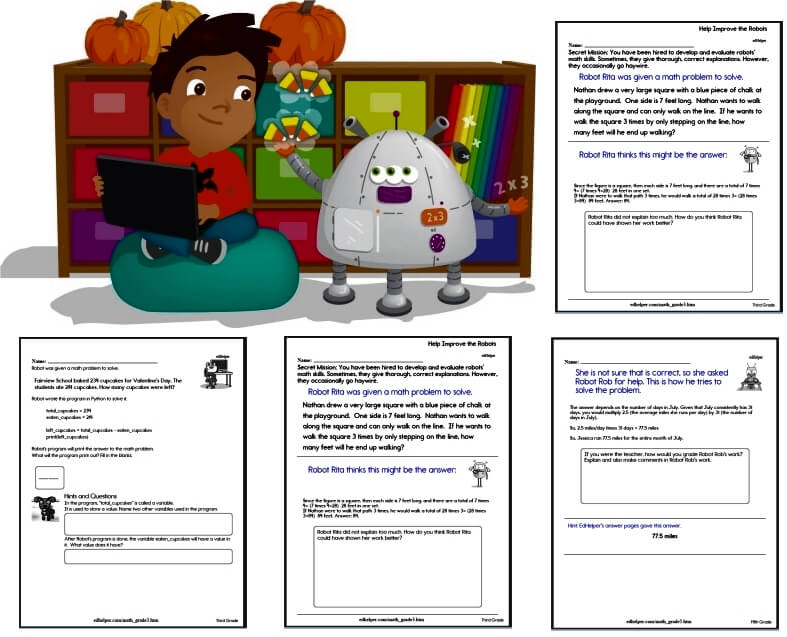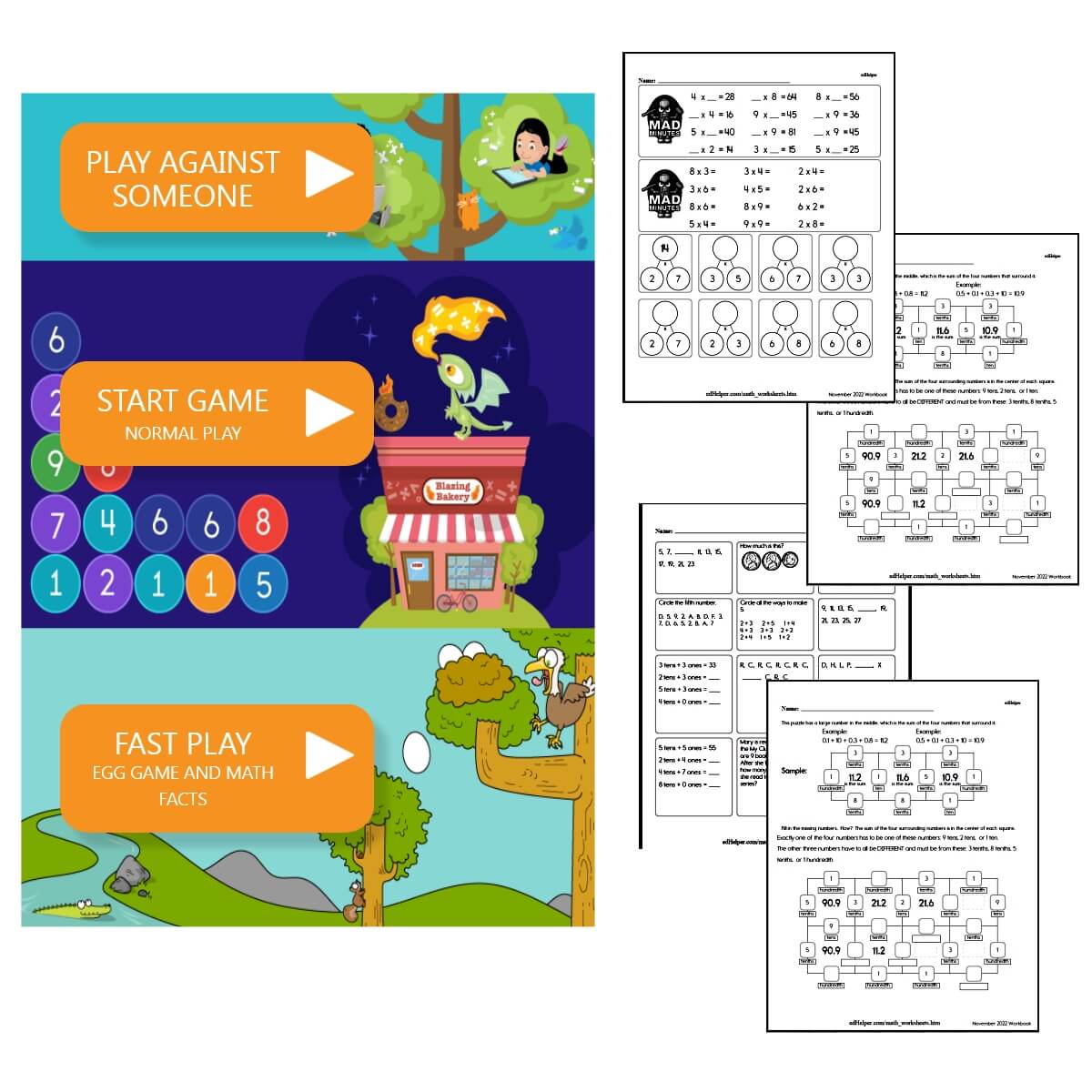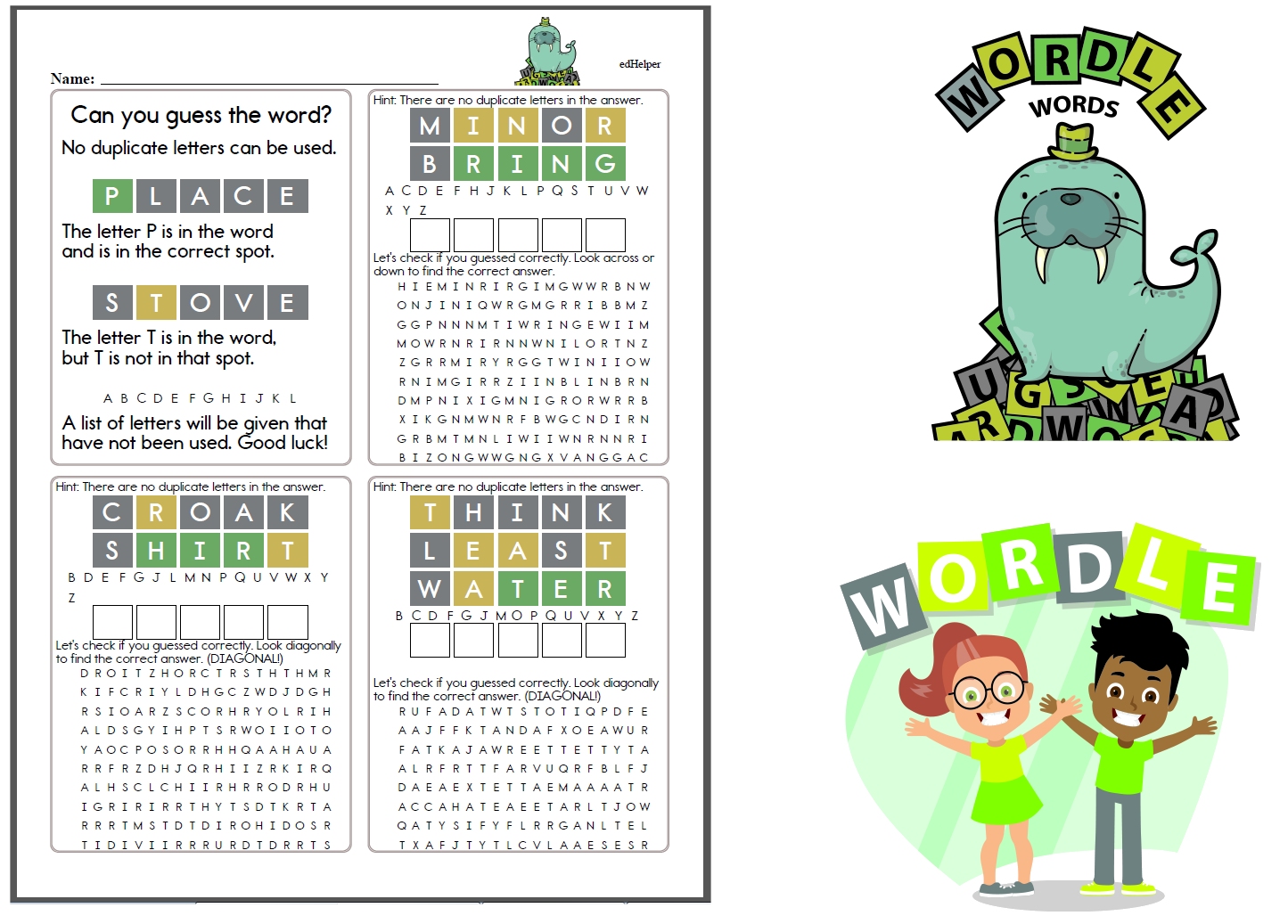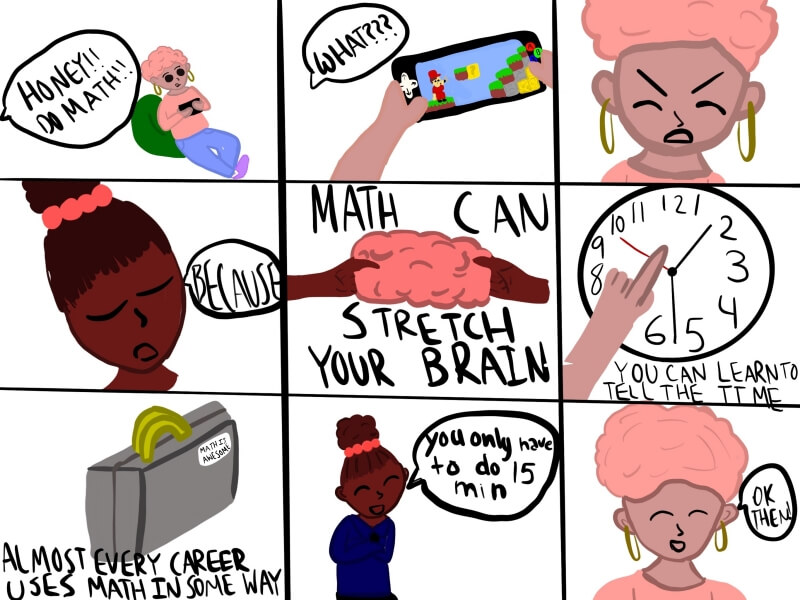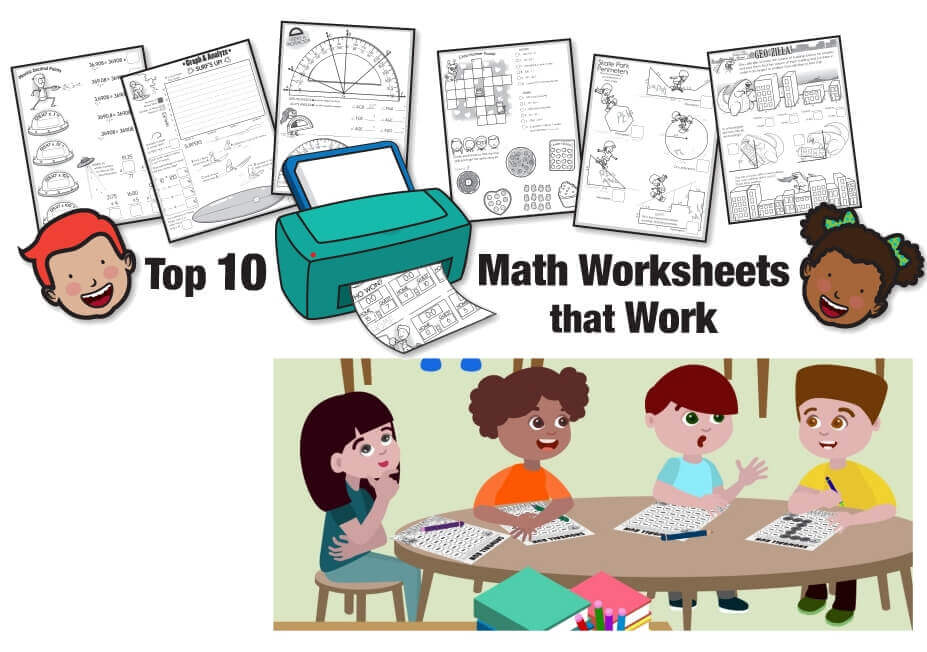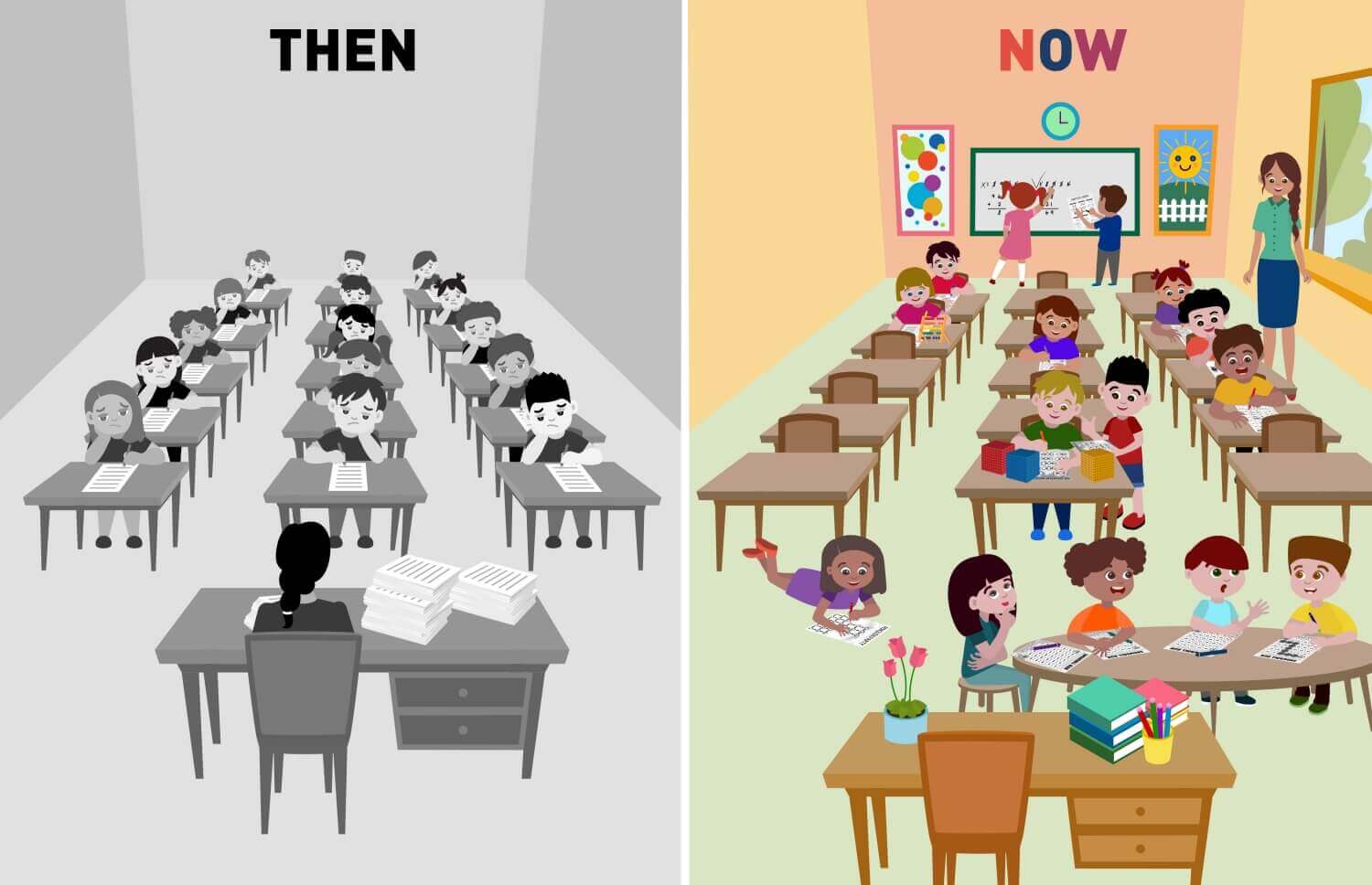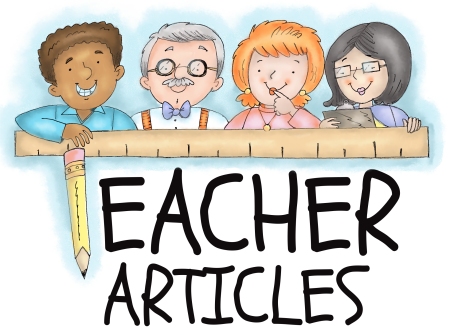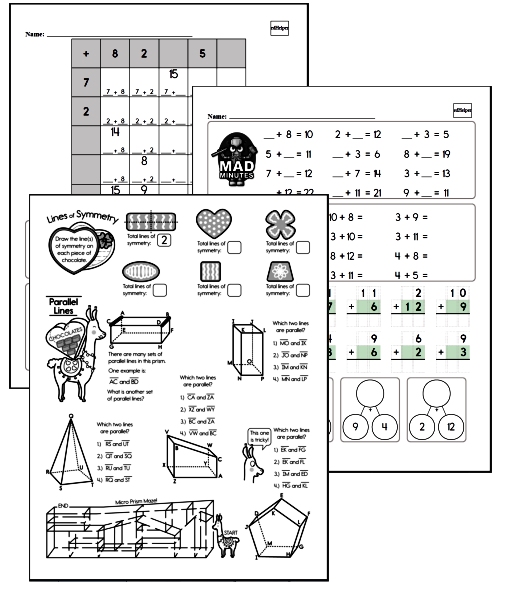First Grade Math Book - Numbers to 10
Second Grade Math Book - Numbers to 1,000
Third Grade Math Book - Numbers to 10,000
Fourth Grade Math Book - Place Value of Whole Numbers
Fifth Grade Math Book - Whole Numbers
As an educator, the beginning of each new school year always feels like the starting line of a marathon. There's adrenaline and excitement. You've trained. You're ready. Yet, even the most elite athletes know there will be some twists and turns throughout the next 26.2 miles. In order to try and anticipate the unexpected, most will map out the course before them. When making a plan (or a map!), it's always important to start at the very beginning, but begin with the end in mind. When it comes to math instruction, where will you start this year? What do you hope your students will accomplish when that final June bell rings? Most districts' scope and sequence will begin with Number and Operations in Base Ten, because these foundational skills are imperative for continued success.
Kindergarten students will begin with counting and comparing very simple numbers and will then continue to develop their understanding as they progress through the K-2 grade band. By second grade, they will be able to model and interpret numbers up to 1,000 and begin to understand place value. Students will then be able to formally and informally think about addition and subtraction and use a variety of strategies when problem-solving.
Students in grades 3-5 are ready to take on problems that increase in complexity. They also begin to understand multiplication and division of whole numbers and then eventually move on to fractions. This process begins with modeling and then the implementation of different strategies to solve the ever-increasing problems.
The way that you introduce these standards is key. Students around the world vary in their math abilities. Currently, math students in the United States rank far below those in other countries. This isn't because teachers aren't teaching well, or because students aren't capable of learning the content. In many ways, math is a foreign language. If American students are rushed to complete work and move on to other standards before deep conceptual understanding takes place, they won't have the foundation necessary to complete complex tasks that require higher-order thinking. When the majority of their time is spent on the computation or trying to decipher what a problem is asking, less time is available to tackle the true task at hand.
One of the best ways to help ensure that students are building the fluency skills necessary to be successful is to provide them with opportunities for intentional, purposeful practice. Engaging, ready-to-use math practice workbooks that begin with those critical Number and Operations in Base Ten skills will allow your students to not only continue learning those beginning-of-the-year skills, but they will also experience the success necessary to build much-needed confidence. Success breeds confidence. Confidence creates a desire to continue learning.
Traditional kill-and-drill style worksheets will not do this. In order for math worksheets to be beneficial and have the desired effect, students must want to do them. These grade-level appropriate workbooks, which vary in activities but increase in difficulty, will engage your learners and allow students to work at their own pace. The workbooks not only offer printed practice pages but also invite students to practice targeted math skills online through the "Let's Play" learning platform. As a teacher, you can set up your class with a free account. This will allow you to view your students' activity and progress. Alternatively, your students can log in as a guest, select their own grade level, and play anytime. Just five minutes of daily purposeful playtime will help students with speed and accuracy.
Each grade-level-specific workbook is packed with the tools and practice opportunities crucial for continued success.
Free First Grade Math Book - Numbers to 10
The first-grade Chapter 1 math book will help ensure your students are able to count, identify, and write numbers. It is filled with fun addition practice opportunities, as well as basic two-step equations to continue to develop problem-solving skills. Engaging graphics and artwork will help your first graders build familiarity with different shapes and provide an opportunity to compare and contrast number values. This basic understanding of quantity is a key skill that first graders will continue to build on as they progress through the standards. You'll also find plenty of place value practice, as students work their magic and write multi-digit numbers in expanded form using the "Presto-change-o" practice page.
Free Second Grade Math Book - Numbers to 1,000
Chapter 1 for your second-grade students will provide ample addition and subtraction practice opportunities for both two- and three-digit numbers. They'll also find creative ways to perfect their understanding of place value and counting by tens and hundreds. These foundational skills will be critical as they continue on through elementary school. When working their way through the pages, second graders also will complete two-step problems; write numbers in standard, expanded, and word form; and use complex and creative problem-solving strategies to better their skill sets.
Free Third Grade Math Book - Numbers to 10,000
The jump to third grade brings a sizeable shift when it comes to abstract thinking and problem-solving. You'll notice that the third-grade practice books in Chapter 1 embrace this in a creative and engaging way. The word problems in these pages encourage problem-solving. Real-world application supports student engagement as they use place value practice to "unlock" devices, defeat plundering pirates, or complete challenging puzzles to find the mystery sum. Your third graders will even have the chance to bust out their trusty fidget spinners and race against the spin. How many times will they need to spin their trusty spinner before writing all of the numbers in standard form?
Free Fourth Grade Math Book - Place Value of Whole Numbers
As students enter fourth grade, understanding large numbers in various forms becomes more important. This is also the year when previous knowledge about place value paves the way for higher-order thinking and deeper understanding. All of this, and more, takes place in the Chapter 1 math practice books. Challenging, real-world math problems requiring multiplication, division, addition, and subtraction will provide critical practice opportunities. Unlike traditional workbook pages, your fourth graders will look forward to these as they work their way through "presto-change-o" math magic practice problems, try and determine how much loot greedy pirates have stolen, and do their best to rearrange digits to create a series of new numbers.
Free Fifth Grade Math Book - Whole Numbers
By fifth grade, students have had lots of practice solving numerical expressions. This solid foundation has paved the way for them to begin using partial products and mental multiplication as well as continue working with decimals. The fifth grade Chapter 1 math workbooks include all of this and stretch students to think outside the box as they continue developing skills to solve problems. The mixed practice found here will combine rounding to the nearest ten, hundred, thousand, and ten thousand with fractions and mystery order of operations. Far from the boring workbook pages your students fear, these grade-specific books will help to ensure your students are engaged, using critical thinking, and even having fun as they review and learn.
Remember, teaching is a marathon. It's not a sprint. You will need endurance, patience, and plenty of conditioning to make it through the year. Take advantage of well-crafted tools like these ready-to-use math workbooks to help ensure that your students have all they need to cross the finish line as winners in the mighty math race.


